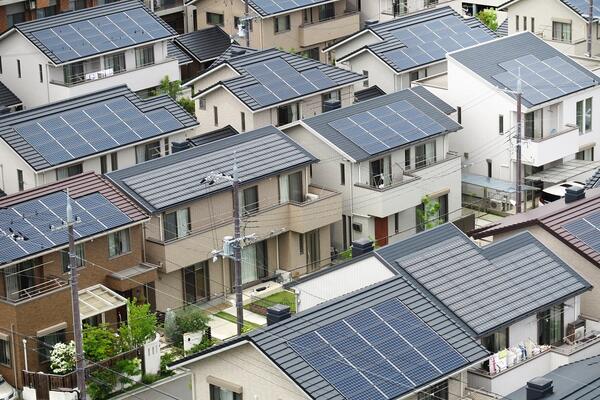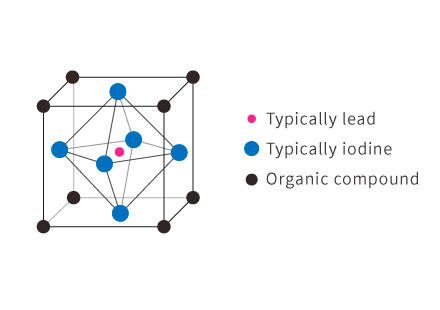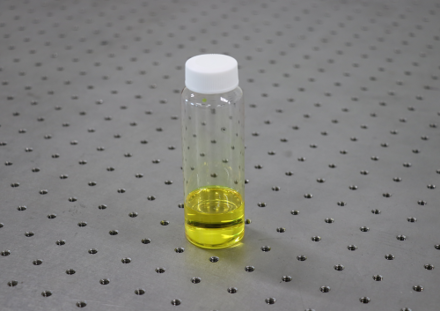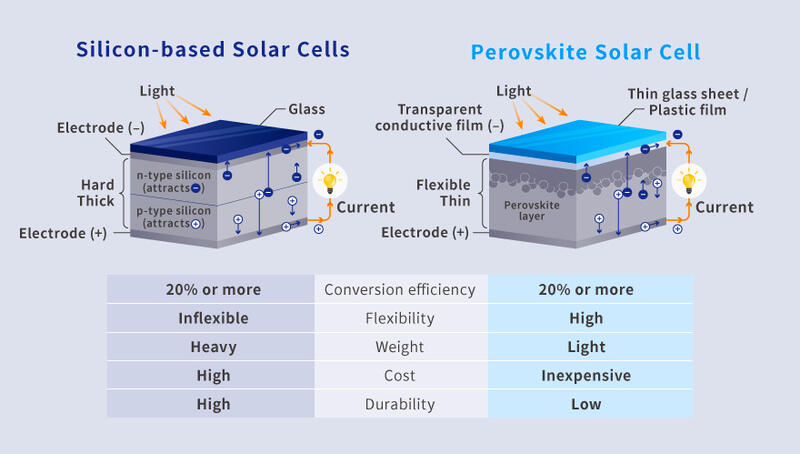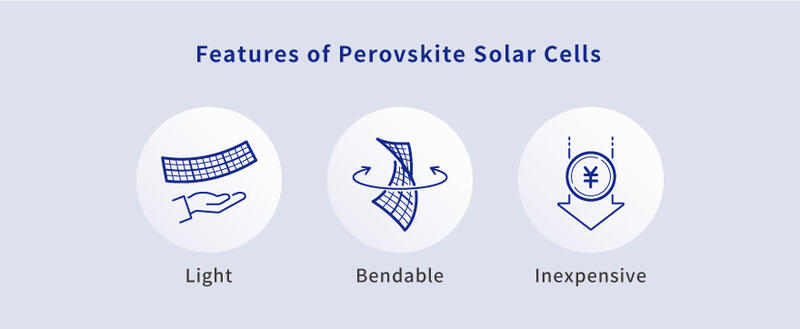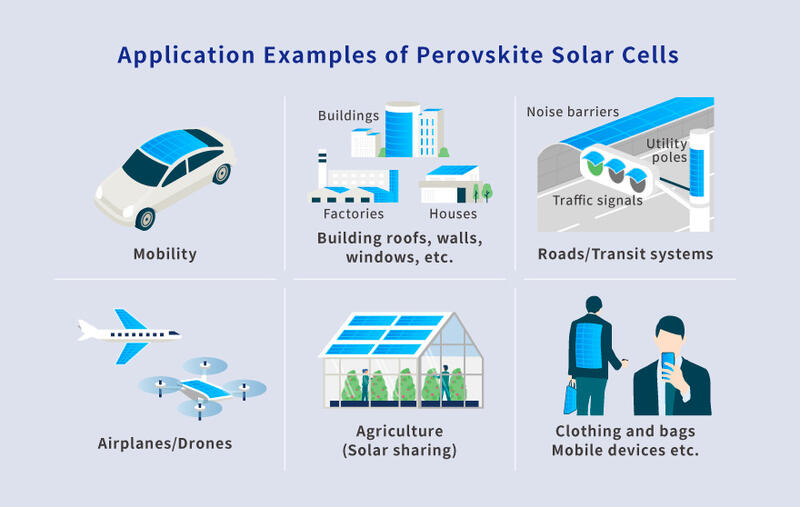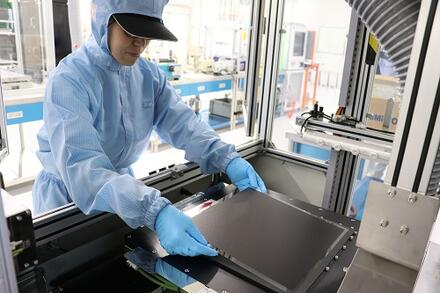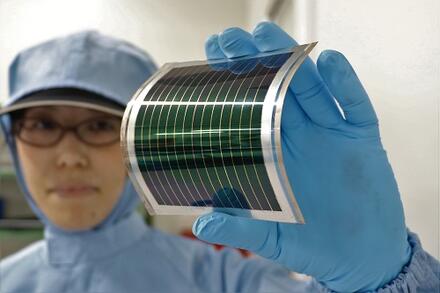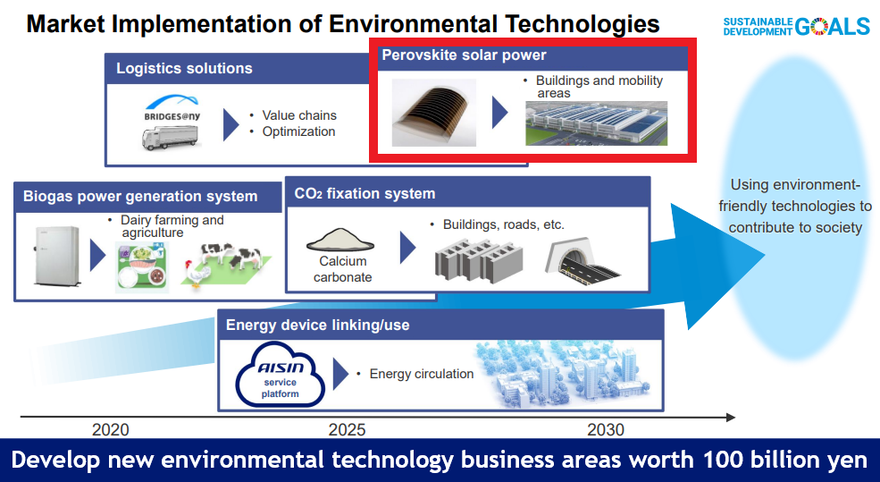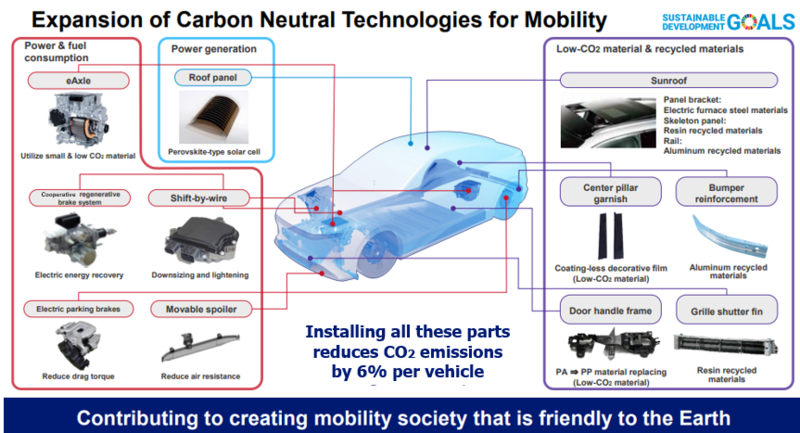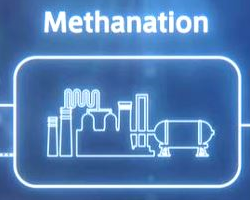A thin, flexible coating to generate power! What is a perovskite solar cell? [5 minute read]
Jan.09, 2024
![A thin, flexible coating to generate power! What is a perovskite solar cell? [5 minute read]](/en/aithink/assets_c/2024/01/Aisin%27s%20Perovskite%20Solar%20Cell%20Development_TOP2-thumb-1280x633-8862.jpg)
The creation of a carbon-neutral society requires a shift from traditional fossil fuels, such as oil and coal, to renewable energy sources.
Renewable energy refers to energy that is constantly present in nature and therefore inexhaustible. It emits no CO2 or other greenhouse gases that cause global warming.
Renewable energy sources vary from wind, hydropower, and sunlight to geothermal energy and biomass. Among these, solar power generation is anticipated to become a major energy source.
Aisin is working on research and development of commercializing a perovskite solar cell, which is attracting attention as a front runner among next-generation solar cells. This article describes the perovskite solar cell and Aisin's initiatives.
Concerns about the Current Mainstream Silicon-based Solar Cells
When it comes to solar power generation, many people probably call to mind dark plates installed on residential rooftops which are silicon-based solar cells whose power-generating layer is made of silicon. Silicon-based solar cells account for 95% or more of solar cells currently in wide use.
They are superb in terms of durability and efficiency of converting light energy to electricity. However, solar panels consisting of silicon-based solar cells are heavy and hard; these features limit their installation to strong buildings and the ground. To expand the use of solar power generation beyond the current level, novel solar cells are required that can be installed anywhere.
Perovskite Solar Cells
The perovskite solar cell is currently attracting the most attention as a next-generation solar cell that overcomes the problems associated with silicon-based solar cells.
Perovskite is a type of crystalline structure. Materials with this structure have a variety of electrical and magnetic properties. Because it has a simple structure, perovskite can be synthesized from a variety of substances.
Solar cells made from materials with this perovskite structure are called perovskite solar cells.
While there are various types of solar cells, they share the basic mechanism through which electricity is generated. When they are exposed to light, negatively charged electrons (-) and positively charged holes (+) are created. The movement of these particles generates electricity.
Perovskite solar cells, the next generation of solar cells, have a power-generating layer made of an organic material with a perovskite structure and are only about one micrometer (0.001 mm) thick. They are very thin and light, as well as flexible and bendable.
The efficiency of perovskite solar cells has increased to a level comparable to that of silicon-based solar cells thanks to technological innovation. They can generate electricity even in dimly lit environments, such as indoors or on cloudy days.
Additionally, because they can be easily manufactured by painting or printing the material on a substrate—enabling them to be mass-produced—they are advantageous in reducing the manufacturing cost.
A Future with Perovskite Solar Cells
By leveraging the advantageous features of perovskite solar cells, which are light, bendable, and inexpensive,it becomes possible to generate electricity with everything in our daily lives because they can be installed on almost everything around us, such as curved surfaces, building walls and windows, and on clothes and mobile devices.
Perovskite solar cells have the potential to not only advance the transition to renewable energy but also change the way we live.
Challenges That Perovskite Solar Cells Face
Although perovskite solar cells seem to have a lot of good things going for them, they also have some challenges. One of them is durability. Silicon-based solar cells have a lifespan of about 20 years. In contrast, perovskite solar cells are sensitive to oxygen, water, and ultraviolet rays, so they can last only about five years. Durability improvements are essential in promoting their widespread use in the future.
Another challenge is lead. Perovskite solar cells contain a small amount of lead, which is harmful to the human body. To avoid lead poisoning in the human body and the natural environment due to cell breakage or rain, there is an urgent need to develop lead-free solar cell materials.
Development of Perovskite Solar Cells by Aisin
Various companies are proceeding with research and development toward commercialization of perovskite solar cells. Aisin is one of them. When developing energy-related products, Aisin identified the potential of solar power generation and in 1999 began research on dye-sensitized solar cells, the predecessor of perovskite solar cells. Since 2010, the company has been promoting research through an industry-academia collaboration with the University of Tokyo.
Aisin's perovskite solar cells are characterized by the use of a thin glass sheet, which is relatively impermeable to oxygen and water and improves their durability. We are continuing commercialization development with the goal of achieving durability of 20 years or more.
The quality of the product is greatly affected by how evenly the perovskite layer, about one micrometer thick, is spread. We have made it possible to provide a stable supply of high-quality products through the use of spray coating technology.
The organic semiconductor used is the company's original material, which it synthesized together with Imra Japan, an Aisin Group company that conducts advanced research and development. In addition to improving conversion efficiency and durability through repeated improvements in materials and engineering methods, we are preparing an environment for large-area modularization and mass production.
Helping Achieve Carbon Neutrality in Production and Mobility Electrification
The Aisin Group is promoting various initiatives toward creating a carbon-neutral society. Perovskite solar cells capable of providing clean energy on-site are a very important technology for Aisin, which has many manufacturing plants. Aisin is proceeding with an aggressive development timeline with the goal of conducting demonstration experiments at its own factory by 2025.
Related page: Initiatives to Achieve Carbon Neutrality, Aisin Corporation official website (aisin.com)
Furthermore, we are looking to deploy perovskite solar cells in the mobility sector by leveraging our vast automotive parts development and manufacturing strengths. Perovskite solar cells will help achieve mobility electrification by extending cruising distance and reducing charging frequency.
We envision a society in which perovskite solar cells are integrated into daily life and everyone has access to clean energy, and we will continue our efforts to help build such an earth-friendly society as quickly as possible.





